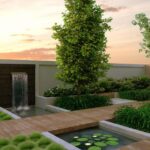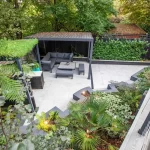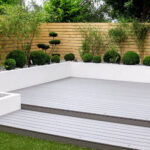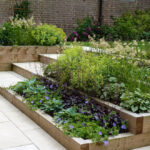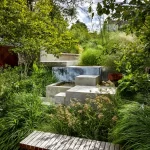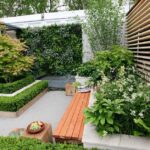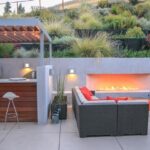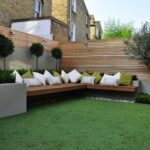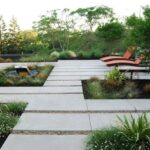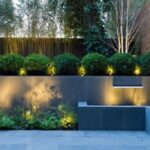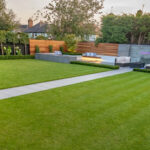Garden design has evolved significantly in recent years, with modern trends focusing on clean lines, minimalism, and sustainability. One of the key principles of modern garden design is the use of geometric shapes and patterns. This can be achieved through the layout of pathways, planting beds, and outdoor furniture. By incorporating geometric elements into the design, a sense of order and cohesion is created within the space.
Another important aspect of modern garden design is the use of materials such as concrete, steel, and glass. These materials are often used to create sleek and contemporary structures, such as raised planters, pergolas, and water features. Additionally, the use of sustainable materials, such as reclaimed wood and recycled plastics, is becoming increasingly popular in modern garden design. By incorporating these materials into the garden, not only does it reduce waste, but it also adds an element of eco-friendliness to the space.
When it comes to planting schemes in modern garden design, the emphasis is often on a simple color palette and low-maintenance plants. Native plants and grasses are commonly used in modern gardens, as they require less water and upkeep than traditional garden plants. By selecting plants that are well-suited to the climate and soil conditions of the garden, homeowners can create a sustainable and visually appealing landscape that thrives with minimal intervention.
In terms of furniture and decor, modern garden design often features sleek and functional pieces that blur the lines between indoor and outdoor living spaces. Outdoor furniture made from weather-resistant materials, such as aluminum and teak, is a popular choice for modern gardens. Additionally, the use of outdoor rugs, lighting, and accessories can help to create a cozy and inviting atmosphere in the garden, perfect for entertaining or relaxing.
When designing a modern garden, it is important to consider the overall layout and flow of the space. Creating distinct zones for dining, lounging, and entertaining can help to maximize the functionality of the garden. By incorporating features such as fire pits, outdoor kitchens, and seating areas into the design, homeowners can create a versatile and multi-functional outdoor living space that can be enjoyed year-round.
Overall, modern garden design is all about creating a harmonious and sustainable outdoor space that reflects the homeowner’s personal style and values. By incorporating elements such as geometric shapes, sustainable materials, low-maintenance plants, and functional furniture, homeowners can create a modern garden that is not only visually stunning but also practical and environmentally friendly. With a focus on simplicity, functionality, and sustainability, modern garden design offers a fresh and innovative approach to outdoor living.

